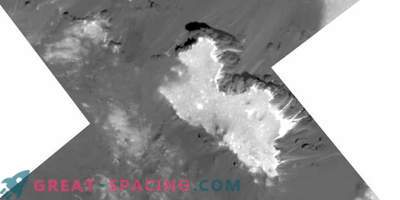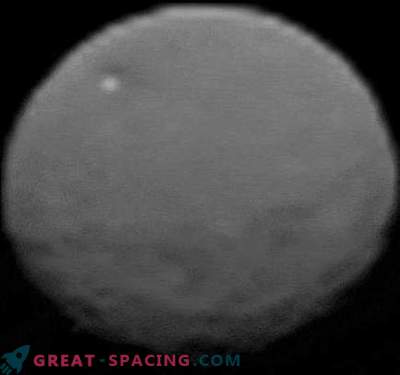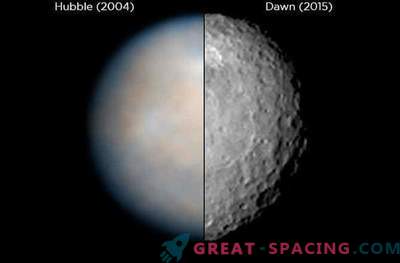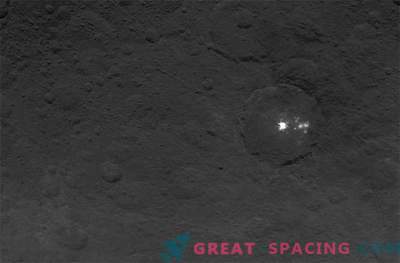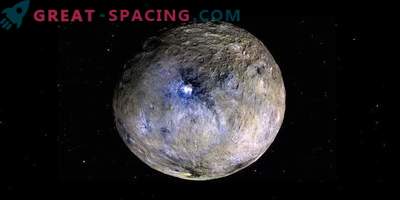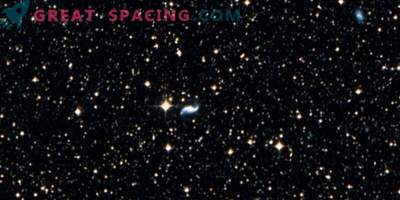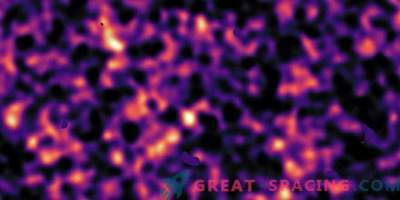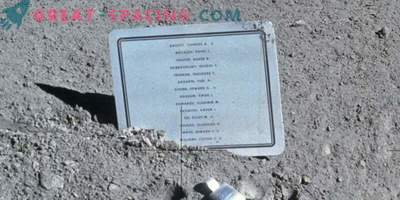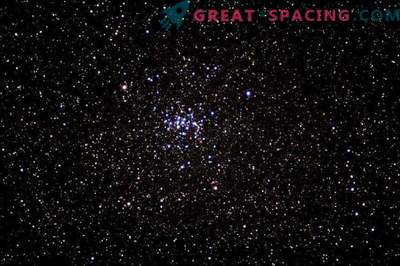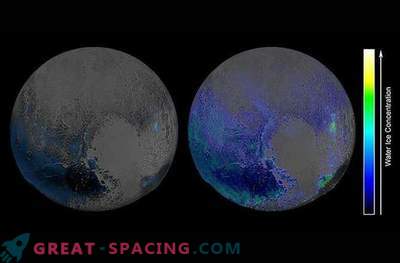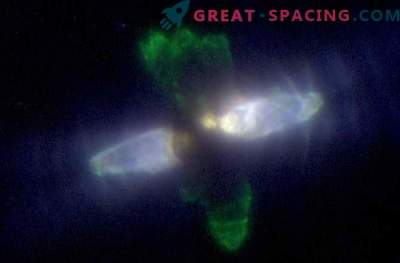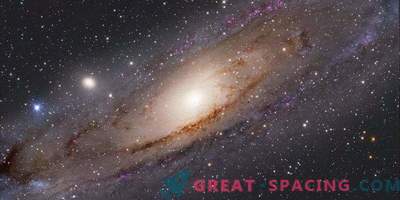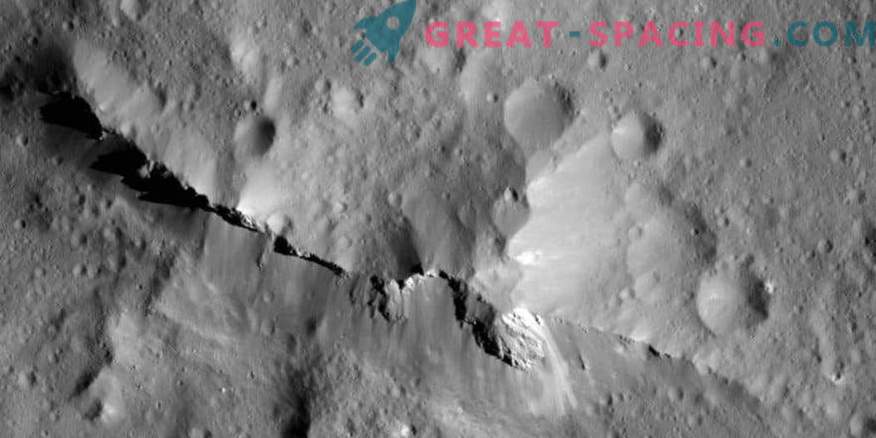
NASA's Dawn spacecraft obtained a close-up view of the central summit of the crater Urvara on the dwarf planet Ceres. The beautiful 6500-foot central ridge is made from materials raised from the depths, originating from the relief, enriched with water and rock interaction products, such as carbonates.
A new study suggests that the surface of the dwarf planet Ceres is rich in organic matter. Data from the NASA Dawn spacecraft show that on the surface layer of Ceres, the carbon concentration can exceed that of the most primitive meteorites on Earth.
Among the internal bodies of the Solar System, Ceres has a unique mineralogy, containing up to 20% carbon by mass at the surface. Analysis shows that carbon-rich compounds are intimately mixed with the products of the interaction of water, like clay.
It is believed that Ceres appeared about 4.6 billion years ago at the dawn of the formation of the solar system. Dawn's early information revealed the presence of water and other volatile substances, such as ammonium and high carbon concentrations. These chemical elements suggest that a dwarf planet appeared in a cold environment, possibly outside the orbit of Jupiter. A further shake-up in the orbits of the major planets would push Ceres to its current position in the main asteroid belt, between Mars and Jupiter.

Researchers have created a possible schematic path for the evolution of the Ceres bark. The figure shows the presence of carbonaceous chondrite-like materials (black) mixed with phyllosilicates, carbonates, magnetite (green), and organic. The shaded blue areas mark the water, and the blue lines mark the channels for water migration. Organic matter may have appeared on site during the transformation of water or could be concentrated by fluids rising to the upper crust. Geophysical, compositional, and collision models based on information from the Dawn mission showed that the partially differentiated interior of Ceres was altered by fluid processes. The spectrometer showed that the overall low albedo of the Ceres surface reflects a combination of stone and water interaction products, such as phyllosilicates and carbonates, as well as iron oxide (magnetite).
The analysis leads to the presence of an additional eclipse agent, possibly amorphous carbon. Interestingly, specific organic compounds were found near the Ernutet crater, which hints at the presence of organic substances in the shallow bowels of Ceres. New studies have also led to the conclusion that 50-60% of the upper crust of the dwarf planet may resemble primitive carbonaceous chondritic meteorites in composition. This is important information, since such conditions are favorable for organic chemistry.



